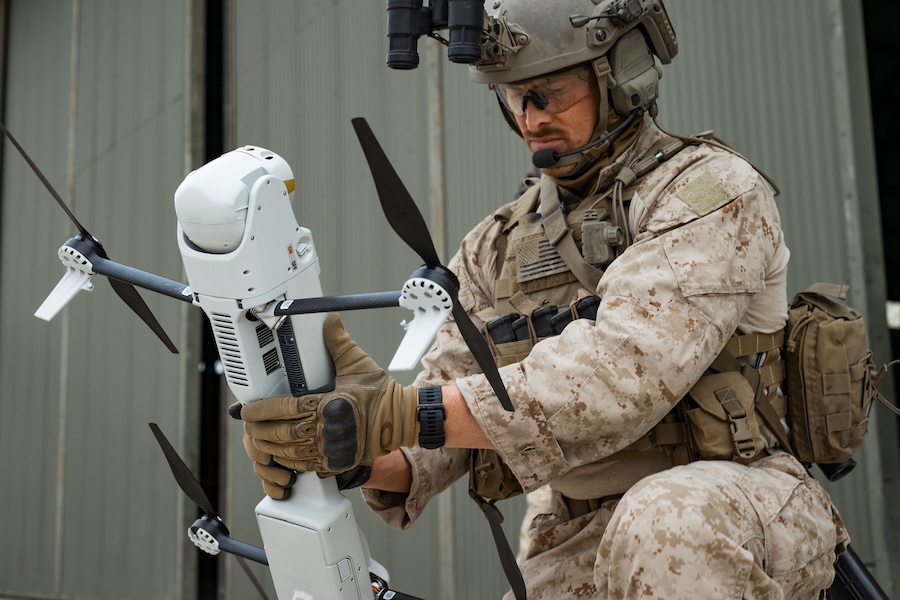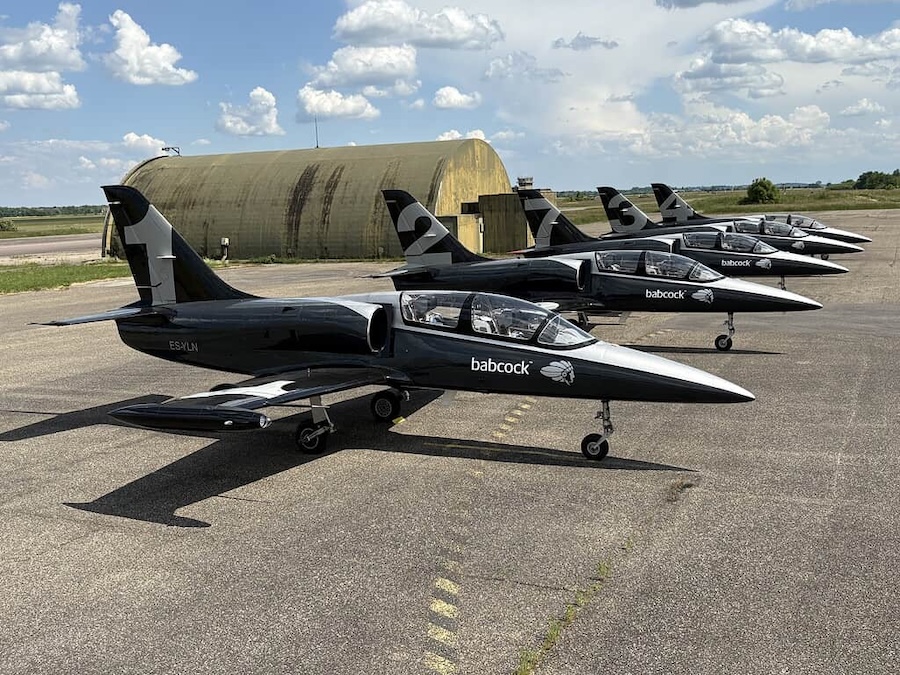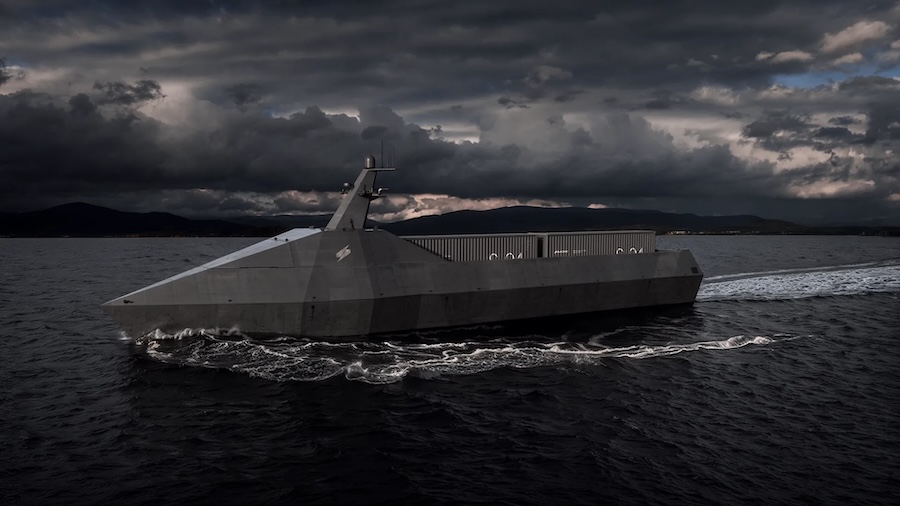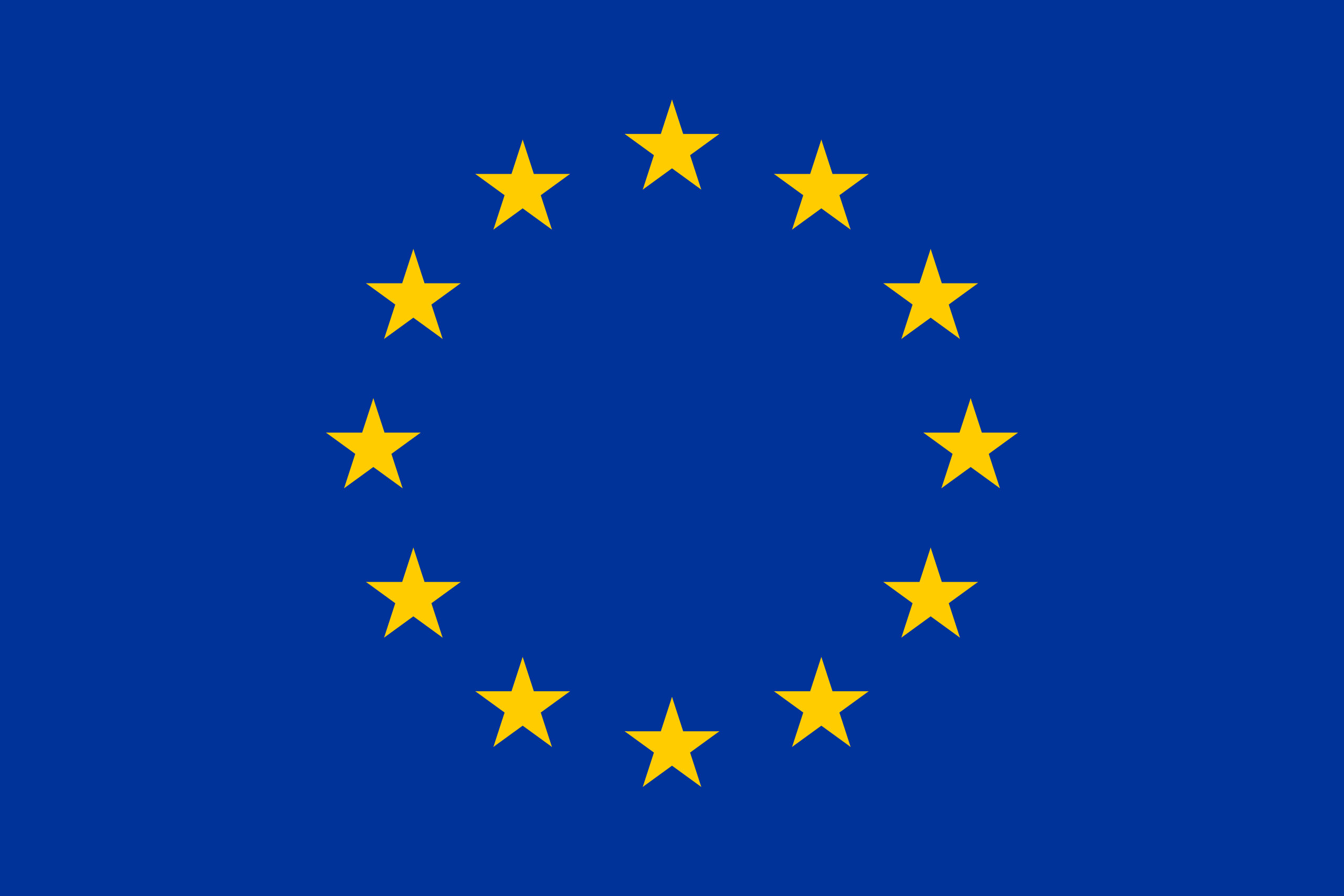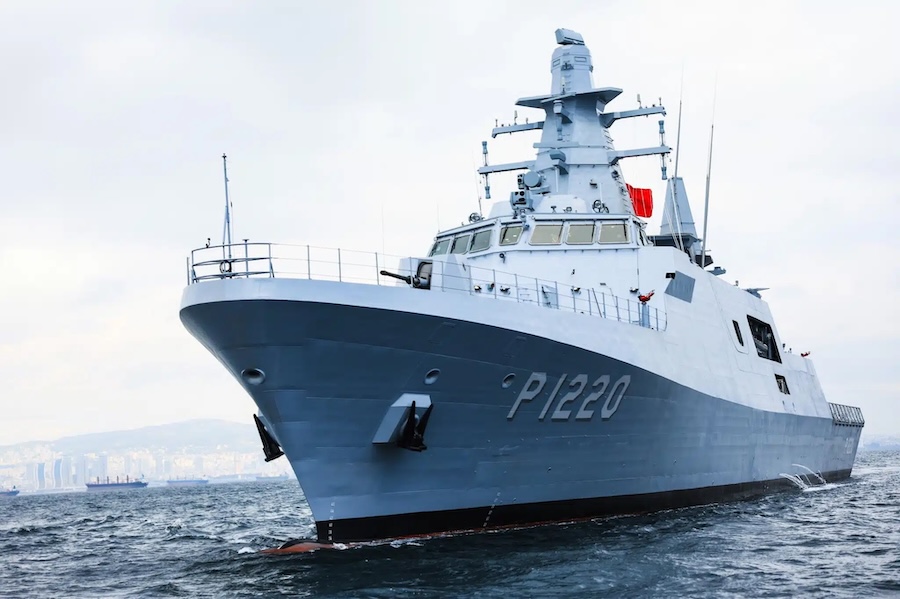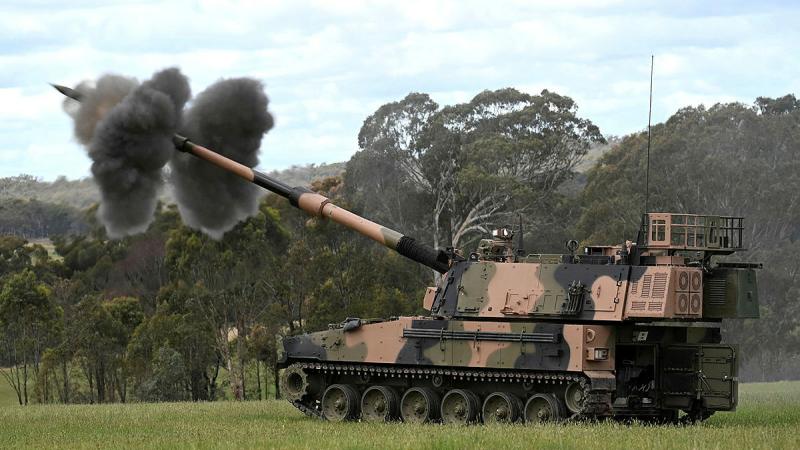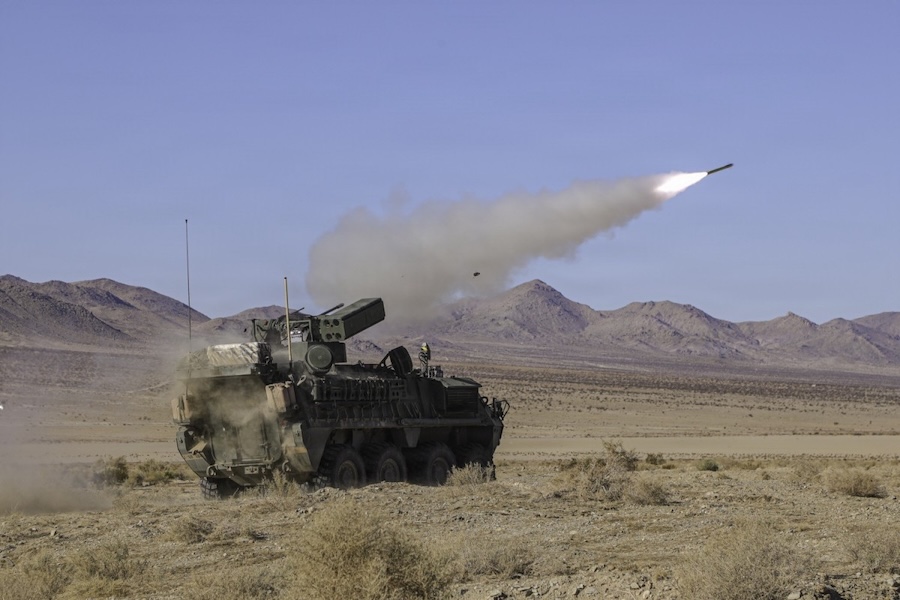According to the Joint Fact Sheet, “The U.S. has approved for South Korea to build nuclear-powered attack submarines. The U.S. will work closely with South Korea to advance requirements for this shipbuilding project, including avenues to source fuel.” The White House confirmed that this approval forms part of broader cooperation on maritime and nuclear issues, including shipyard modernisation and workforce development.
Lee welcomed the decision and described the agreement as “a very meaningful advancement.” South Korea’s plan to construct nuclear submarines sits within its USD 150 billion commitment to revitalising the U.S. shipbuilding industry, an effort that the White House said had been reaffirmed as a major element of bilateral industrial cooperation.
The Joint Fact Sheet also stated that “These initiatives will increase the number of US commercial ships and combat-ready US military vessels as quickly as possible, including the potential construction of US vessels in the ROK.” U.S. officials said that Korean shipyards could contribute to American shipbuilding capacity at a time when US yards face labour shortages and output constraints.
The White House emphasised that the shipbuilding and nuclear cooperation operates within the framework of the bilateral 123 agreement and US legal requirements. It noted that Washington supports a process leading to South Korea’s civil uranium enrichment and spent fuel reprocessing for peaceful uses, alongside naval nuclear power cooperation.
Broader economic measures also form part of the agreement, with South Korea pledging an additional USD 200 billion of investment in the United States. South Korean Trade Minister Kim Jung-kwan said the investments would focus on “commercially viable projects” that ensure recovery of principal, with selection of targets due by January 2029.
Defence spending commitments were also confirmed in the bilateral material released on Friday. South Korea will provide USD 33 billion in support for US Forces Korea over the next decade and purchase USD 25 billion in US military equipment by 2030. The White House welcomed Seoul’s plan to raise defence spending to 3.5 per cent of GDP as soon as possible.
Lee said Washington had acknowledged South Korea’s intention to assume greater responsibility for its own defence posture. “During a bilateral meeting (with Trump), we have made clear our determination to take the lead in the defense of the Korean Peninsula through stronger defense capabilities and wartime operational control transfer,” he said.
Both governments said the agreement will accelerate cooperation in shipbuilding, nuclear technology and defence industrial production. They stated that the nuclear-powered submarine project will proceed through close consultation mechanisms designed to strengthen deterrence and long-term alliance capabilities.
Source: The White House.











